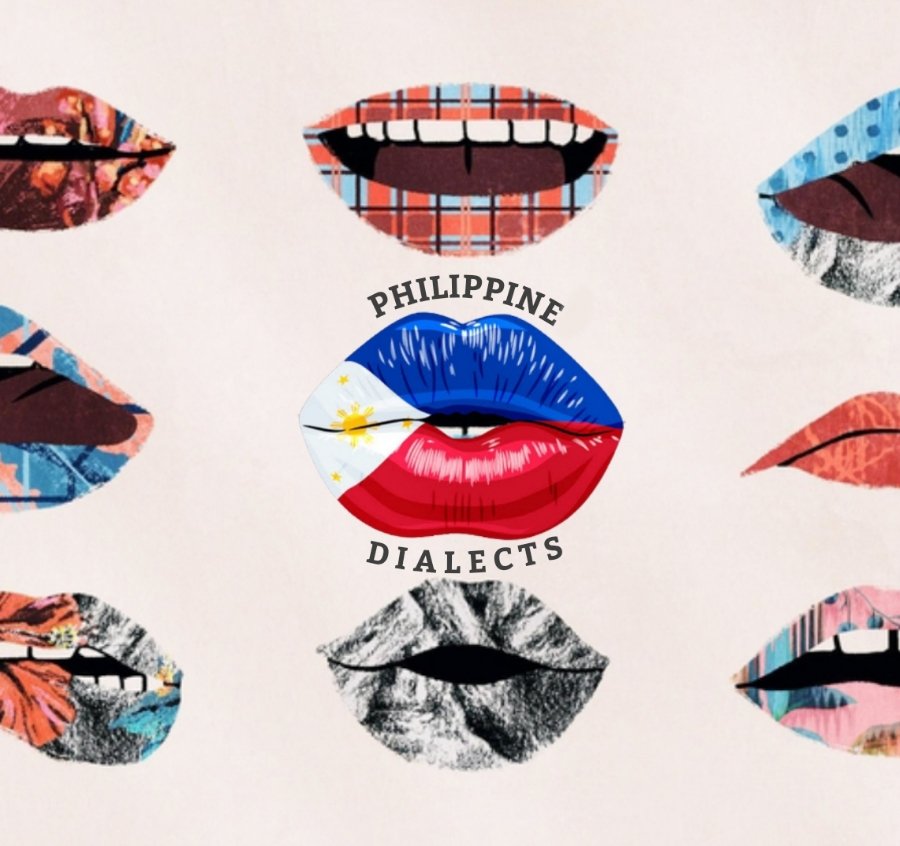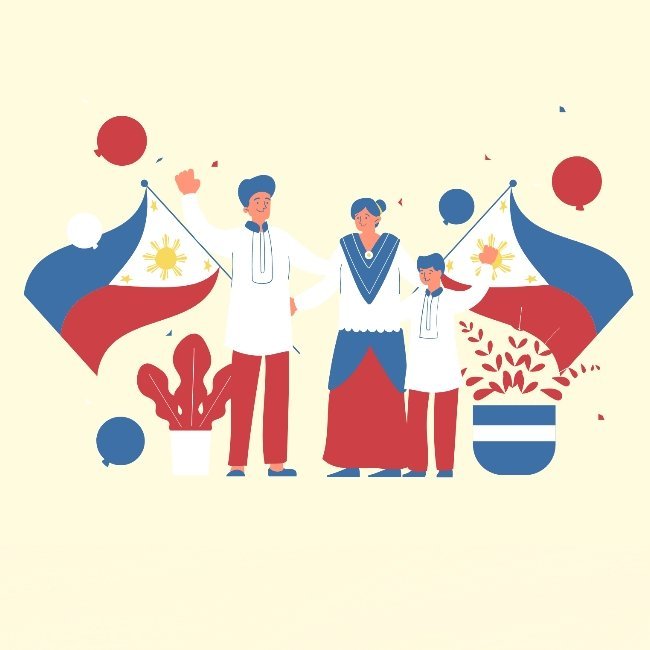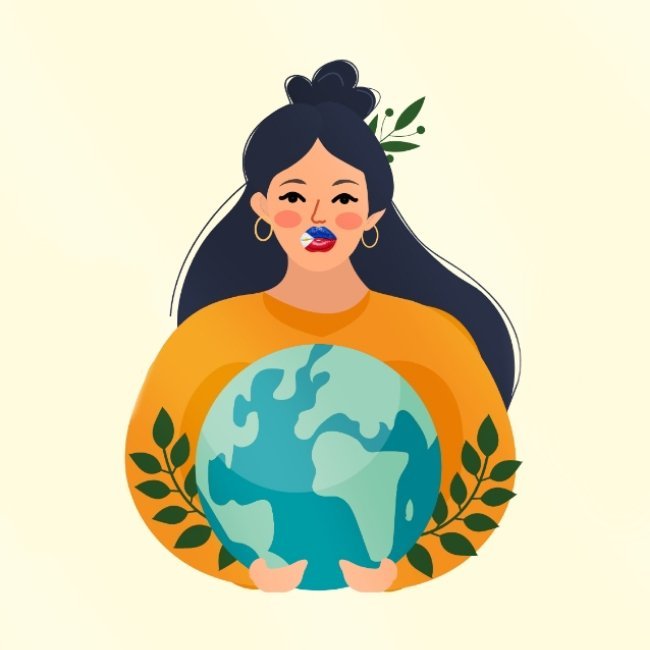The Most Common Among the 187 Dialects in the Philippines

At present, there are 187 dialects used in various islands and regions within the Philippines! The variety of spoken languages is due to decades of colonization and other nations’ influence.
Among the numerous dialects, Tagalog, Cebuano, Ilocano, Hiligaynon, Bicolano, Waray, Pampango, and Pangasinense are the most commonly spoken ones. In which part of the country do you think these dialects are a primary language? What portion of the country’s population is known for using a particular dialect, and how widely are they spoken?

Top 8 Most Common Dialects in the Philippines
Tagalog
Tagalog is the dialect with the most number of speakers. It is considered the first language of the Ethnic Tagalog people and is the second language of some Filipinos with other dialects as their primary language. Almost everyone who lives in the Luzon area speaks this language. Since the Philippines is an archipelagic country, there is a language barrier between the Filipinos. To bridge the gap, Tagalog is the dialect mainly used to communicate with other native tourists.
Tagalog is an exciting language where a single word can have different meanings based on how it is used or spoken. For example, the Tagalog word “baba” can mean downstairs or pertain to a person’s chin. Another example is “Paso,” which implies pot or a burn on the skin. Auro, Bataan, Bulacan, Nueva Ecija, Zambales, Metro Manila, Calabarzon, Mimaropa are some of the places in the country where Tagalog is the primary language.
Cebuano or Bisaya
Cebuano is derived from the Island of Cebu and is also the second most common dialect in the Philippines. Although it is commonly known as Cebuano, others also refer to the dialect as Binisiya to avoid confusion that people only speak it in Cebu. There are estimated at least fifteen million Cebuano speakers. Those who used the dialect live in Cebu, Bohol, Siquijor, the Eastern half of Negros, and the Western half of Leyte.
Ilocano
Spoken by a total of seven million Filipinos, Ilocano is considered the third most used dialect in the country. Igorot people are some of those who use Ilocano as their primary language, and they came from the Northern Region like the Babuyan Islands, Cordillera Administrative Region, Cagayan Valley, and others.
Ilocanos also have their system of writing, which is called Kur-itan. Proponents have wanted to revive the Kur-itan script in public and private schools in Ilocos Norte and Ilocos Sur. The Austronesian language of Northern Luzon is connected to this dialect.
Hiligaynon or Ilonggo
Hiligaynon, also known as Ilonggo, is spoken by 9.1 million Filipinos, making it the second-used language in the Visayas region. It is mainly spoken in Iloilo, Capiz, Guimaras, and Negros Occidental, South Cotabato, Sultan Kudarat and North Cotabato in Soccsksargen. Other than that, neighboring provinces, such as Antique, Aklan, and the Western part of Visayas use it. Although it is known for its term Ilonggo, some people refuse to use the word to refer to the dialect because it pertains to native inhabitants of Iloilo.
Bicolano
Bicolano consists of four million speakers, which makes it the fifth most widely spoken dialect by the Filipino people. It is a dialect influenced by the Spanish language. It is used mainly by those who reside in the Bicol region, located in the south-eastern Luzon in the Philippines, specifically in the Bicol Peninsula, some areas in Catanduanes, Burias Island in Masbate. Some vocabularies are present in Central Bikol and not found in other Bikol languages nor Tagalog and Cebuano.

Waray
Having three million speakers, Waray was the sixth most spoken dialect in the Philippines. Speakers of the language mostly came from Samar, Northern and Eastern Samar, Leyte, and Biliran. This dialect is almost identical to Binisaya, considering there are words with the same meaning, and the two dialects share the same language family. Aside from that, people from other parts of Mindanao, Masbate, Sorsogon, and Metro Manila used it due to the migration of some speakers. Waray is the medium used in radio, television programs, the bible, and the catholic masses. On the other hand, there is no print media written in Waray.
Pampango
The seventh most used dialect in the country is Pampango, with its 900,000 speakers. It is the predominant language in Pampanga, the southern half province of Tarlac, and a portion of the Northern Province of Bataan. Based on historical studies, Kapampangan is the language spoken in the Kingdom of Tondo, where the Lakans ruled.
The language is spelled as Capampañgan and is also known as Pampango. Kapampangans also call it Amanun Sisuan, which means “the mother language” in the Pampango dialect. The dialect is mostly understood in some barangays located in Bulacan, Nueva Ecija, and by the Aitas or Aeta of Zambales.
Pangasinense
The eighth most commonly used dialect in the Philippines is Pangasinense, with roughly 1.5 million speakers. It belongs to the Malayo-Polynesian languages branch of the Austronesian languages family. It is similar to other closely related Philippine languages like the Ibaloi language of Benguet, located in Pangasinan’s northern part. Pangasinan and Northern Tarlac primarily use this dialect. Aside from that, it is also used in the South-western La Union and municipalities of Benguet, Nueva Vizcaya, Nueva Ecija, and Zambales.

Despite the usage of different dialects, Filipinos can still be distinguished based on their cultures, traits, and traditions. Generosity, religiousness, hospitability, cheerfulness, and hard work are only some of the traits Filipinos have that make them unique.
Furthermore, one hundred eighty-seven (187) dialects cannot hinder Filipino unity because they are kind enough to try to understand everyone. As evidence, Filipinos always try to help foreign tourists even if they do not speak the same language as them! These dialects reflect the rich history of the Philippines.
She is an aspiring individual who loves to share her thoughts and feelings through writing. She aims to be able to make use of her knowledge and skill-sets to their full potential and, at the same time, acquire new learnings throughout her journey of self-growth and discovery.





